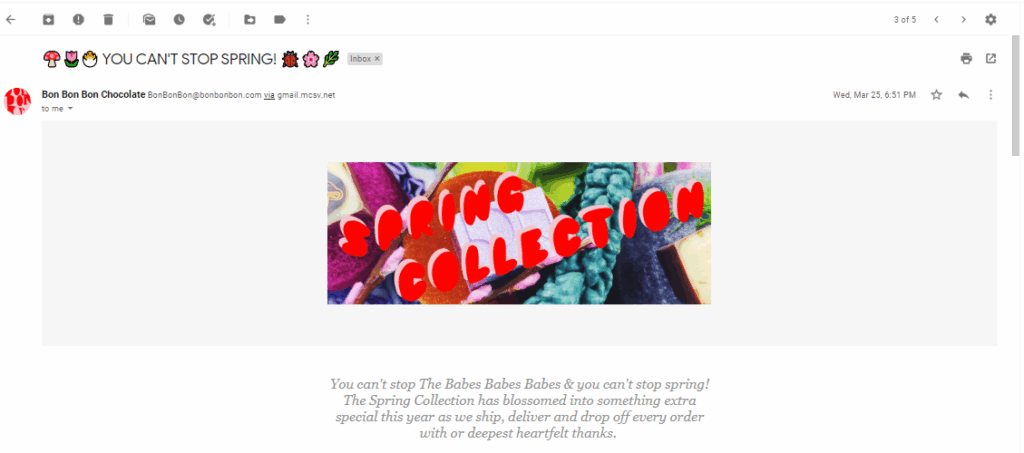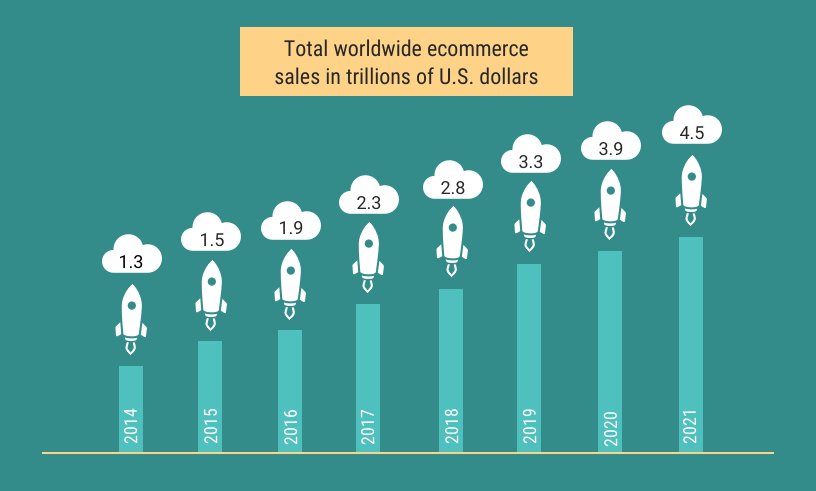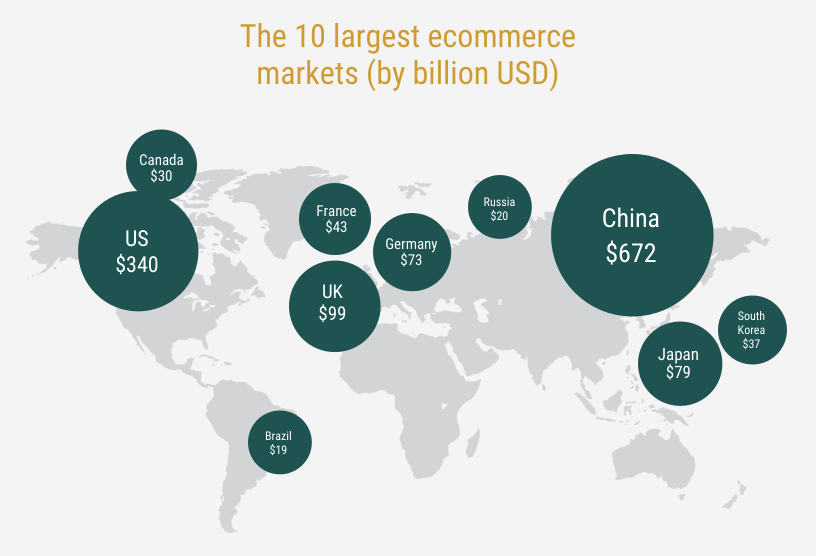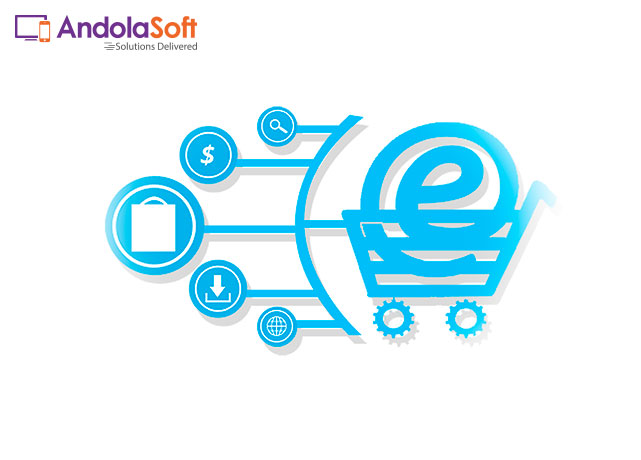A strong relationship with partners and customers is critical for B2B businesses. This needs to be reflected in the successful B2B eCommerce strategies.
Nowadays, the B2B eCommerce model moved beyond from just transactions to putting more emphasis on relationships and automated ordering systems.
With these relationship-centered B2B eCommerce models businesses are reducing their spending efforts on low-value tasks and focusing on Extended interaction with long-term business trends, multi-party deals, and on more complex transactions.
This new model has made numerous impacts on the eCommerce business. In fact, some of the techno giants are saying B2B is surpassing the B2C.
What is B2B eCommerce
Well, B2B eCommerce is the typical exchange of products and services between 2 different businesses or companies through the electronic platform. Or you can say, buying and selling the products on the web as the exchange media.
B2B eCommerce business is not limited just limited to selling and buying. It may cover many aspects like;
- Business Relationship between 2 companies
- Product information and research
- Technical learning
- Product Ordering & Tracking
- Technical Support, Training and Services
- Document exchange like User guide, etc
So, technically it brings a lot of value to this process.
Now see, where the “Automation” term is fitting in this process.
B2B eCommerce Automation
What comes first to your mind when someone says “Automation”? In general, it sounds like robots are assembling cars somewhere in factories. But in B2B eCommerce it is not an artificial intelligence SKY-Net-like program.
The “Automation” in B2B e-commerce context is the use of a computer programmed software tool to complete the tasks without human intervention.
Automation spot the patterns in data and make the decision in a fraction of a second.
Now come to the basic topic of this article. How this Automation can help the eCommerce business for a better result?
Benefits of B2B Automation
Let’s go through the five ways that automation can improve your B2B eCommerce business today.
Reduce Errors:
The manual data processing always makes a tiny glitch and these small errors can cost millions in a year.
Just an example: If a B2B seller would make a misenter in an amount at the time of creating purchasing orders, it can cause chaos for both.
To avoid such types of errors you can integrate an automation layer to your eCommerce Application.
So, the orders can be created and communicated without any risk of human errors or even without human introversion.
Basically, no manual intervention is necessary when the electronically generated documents are passed back and forth between seller and buyer.
Get rid of Workflow Friction:
In B2B eCommerce workflow, a great deal of friction is generated that involves manual moving of information from one end to another.
By the intervention of an automated eCommerce cart management system with the inclusion of invoicing programs can make the progress much smoother.
So, the waiting could be over for a work process like open, read and respond to the email, etc.
As both the buyer and sellers waste their time in moving the information between the system and associated people, an automated system can help them to do it faster.
Better Relationships With Customers
Business to Business buyers are decently becoming more enthusiastic about the benefits of integration and automation.
The integration of Automation creates a more intuitive and easier purchasing experience for buyers with automated catalogs.
Image Source: FreePik
Relying on automated platforms, it is significantly more effective when B2B sellers offer a straightforward path to data exchanges such as order confirmations, purchase orders, shipping notifications, and invoices.
Get Paid Faster
With a manual workflow, the B2B sellers process invoices manually. A dedicated resource creates invoices manually and emails those to the buyers.
And on the buyer side, whoever is responsible gets around to opening the email manually, and getting approval for paying.
Image Source: FreePik
Whereas in the automated system invoices can be created and delivered automatically.
As a result, the buyers opt to pay automatically, and for the invoices, those are required oversight, the right person will see it and react more quickly.
Focus On What Matters for You
Somehow, people worry that automation is taking place in some jobs, and there is a kernel of truth in that.
The automation system will replace some human roles, but it will also encourage us to focus on what matters most for us and for our business betterment.
For example: The automation system will allow the salespersons to focus more on sales and upbringing new business rather than getting stuck in time and paper.
This will definitely reduce the cost while increasing revenue.
Conclusion
There could be many ways that workflow automation helps your B2B business right now. But the proper planning and execution of the strategies can make your eCommerce website a winner.
The eCommerce application development planning is not much exhausting work, but it requires proper knowledge and customer satisfaction points.
You should develop an appropriate site for online business in which users can easily manage their shopping items and place orders.
For a prosperous future of B2B eCommerce, businesses must have to work with the technology and data firms.











